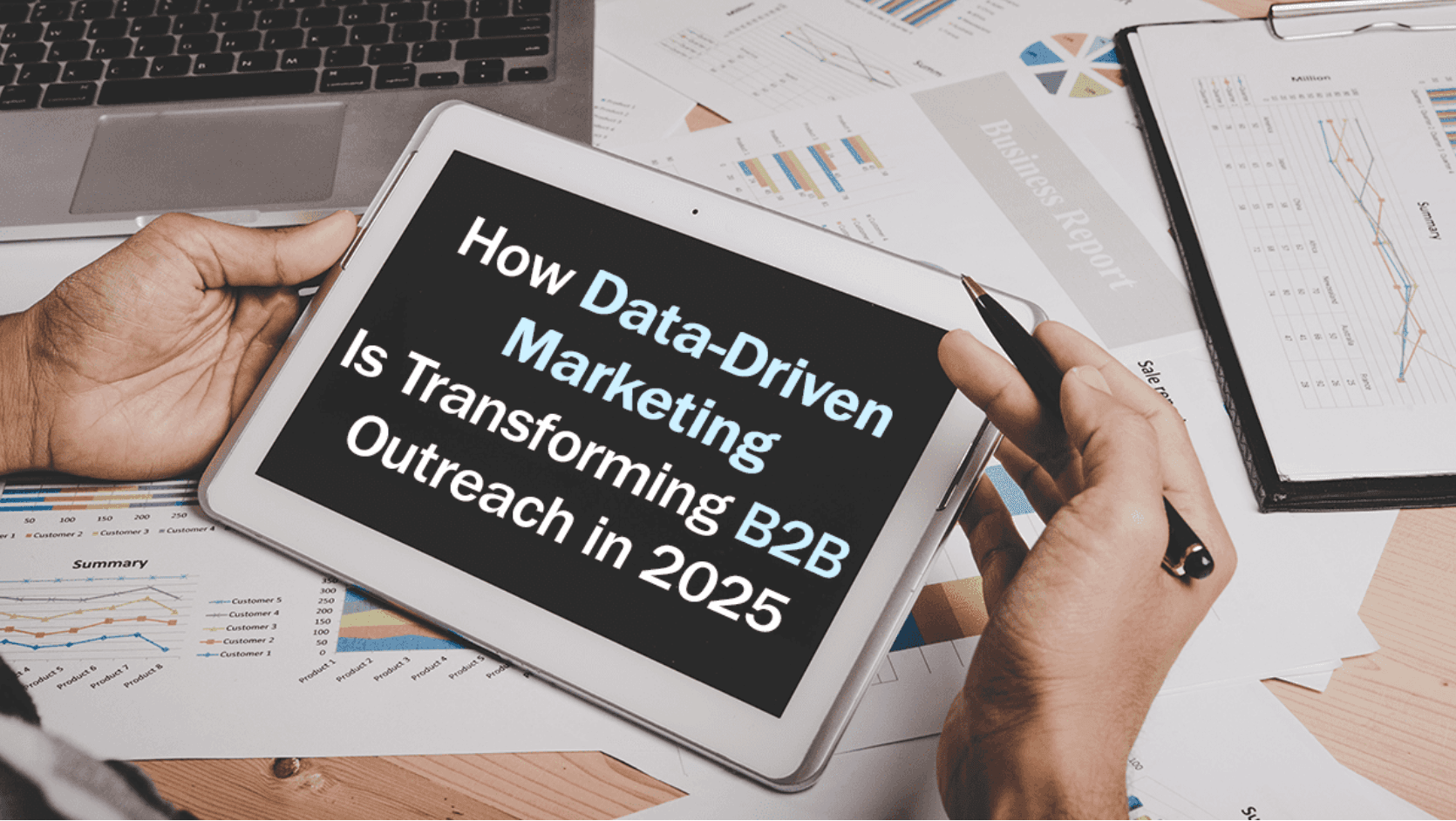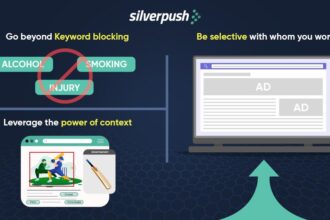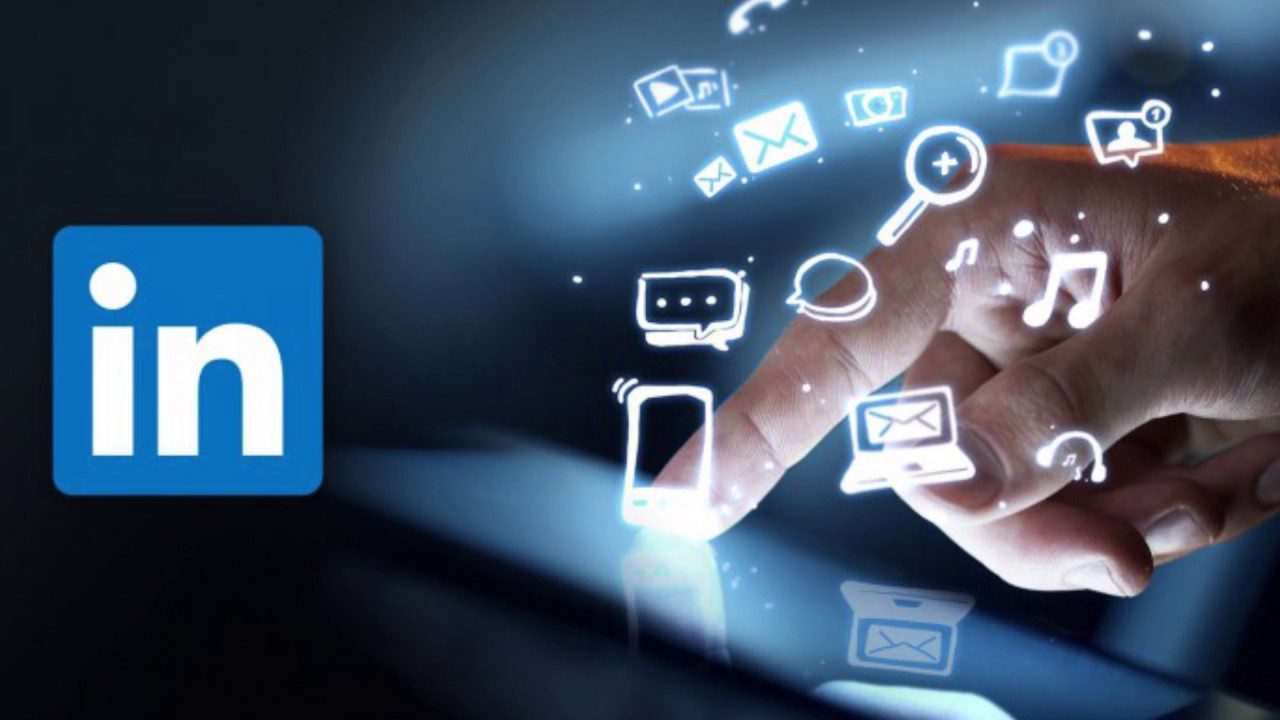
As of 2025, data-driven marketing takes a big “U-turn” in B2B outreach.
Businesses are no longer relying on hunches or guesswork but on clear insights to run their promotional campaigns.
To some audiences, data-driven marketing may sound tricky. However, it is not a head-breaking term to understand!
In the B2B (business-to-business) point of view, data-driven marketing involves utilizing customer insights (typically from company decision-makers, key players, and executives) to reimagine the campaign’s strategy.
The era of relying on “gut feeling” or “outdated” marketing strategies is over.
Present-day marketers are transforming customer data into a primary source for their promotional campaigns.
So, if you’re a marketer or business decision maker looking to explore how data-driven marketing is transforming B2B outreach in 2025, then this blog is just for you!
In this article, you’ll discover:
- What is B2B Data-Driven Marketing?
- 5 Common Myths of Data-Driven Insights in B2B Marketing
- How Does Data-Driven Marketing Benefit the B2B Outreach?
- Best Practices of Data-Driven Marketing to Improve B2B Outreach
Without further ado, let’s get started!
What is a Data-Driven Marketing Strategy?
In the context of B2B, data-driven marketing is a strategic approach where companies use their customers’ data or insights (in this case, clients are other businesses) to curate targeted promotional messages and emails, ultimately generating a positive outcome for their campaigns.
It involves strategic usage of data, such as customer demographics, behaviors, psychographics, purchasing history, industry patterns, market trends, and many more.
Having these insights, B2B marketers can craft advertising content or messages that perfectly resonate with the needs of targeted audiences. By doing so, it helps them to gain significant responses, engagements, and conversions.
What is an Example of a Data-Driven Strategy in B2B Marketing?
Imagine you’re a purchasing officer at XYZ company, searching for a fully-fledged cloud software to facilitate collaboration between your cross-departmental teams.
You visit the respective website and check for the software features, add-ons, packages, pricing plans, etc.
After carefully analyzing the product specification, you bounce back to another website to see if there is a better option.
For the time being, your screen pops out with an email notification saying, “Here are our other cloud platforms with high storage and free add-ons for a year.”
Do you have any idea about “how did you receive that email pop-up?”
It is the power of “data-driven insights.”
Is it heavy for you to understand? Let me simplify it.
Reaching out to a website and searching for a specific cloud software brings forth “customer data.”
Analyzing your online behaviour, preferences, and patterns, curating and sending personalized marketing content accordingly was the SaaS company’s “strategy.”
Now, the choice of responding to the email and making a purchase will be considered as your “action.”
To put it simply, the data-driven marketing strategy plays a crucial role in decoding the audience preferences and choices, converting the prospects into quality leads, enhancing the customer experience, and ultimately closing the deal.
As you’ve understood, the complete picture of data-driven marketing and its example.
Now it’s time to uncover some myths revolving around data-driven insights in B2B marketing.
Does it sound interesting? Continue reading to unpack more!
5 Common Myths of Using Data-Driven Insights in the B2B Marketing
No doubt, data-driven marketing is a ground-breaking strategy that has captured the interest of many B2B marketers and business decision-makers.
However, several myths and misconceptions are circulating about the use of data-driven insights in B2B promotional campaigns.
Ready to discover them? Continue reading below!
Myth 1: Invasive and Troublesome
Myth: Marketers often feel that using data-driven customer data in a B2B promotional campaign is somehow violating their privacy. It can result in potentially harming their brand value and image.
Reality: In reality, data-driven marketing is all about gathering and utilizing prospects’ data along with their consent for ethical business communication.
Myth 2: Not Sure About Accuracy
Myth: Another myth about using data-driven insights in B2B marketing is that inaccurate and obsolete data will undermine the campaign’s performance.
Reality: Well, this may sound controversial, but it is a fact that this myth will become your ground reality if you’re still reliant on outdated data.
However, you can change this situation! Yes, you’ve heard it right.
Using high-quality and accurate customer data purchased from reputable B2B data providers will avoid the negative consequences of your B2B outreach efforts.
Myth 3: Lacks Personalization
Myth: Marketing professionals often feel that using data-driven insights in B2B marketing efforts is more machine-like and lacks personalization.
Reality: It is nowhere close to the truth! Data-driven insights enable marketers to send personalized marketing messages that perfectly resonate with their targeted audiences.
Myth 4: Not for Small Business
Myth: It is a myth to say that only big companies can use data-driven insights for their marketing campaigns.
Reality: Businesses of any size can use customer data to achieve the success of their B2B outreach efforts.
According to BuzzBoard, data-driven insights are increasingly important for small businesses to stay competitive and drive campaign results.
Myth 5: Very Expensive
Myth: Most of the marketing professionals feel that accessing customer insights will cost of breaking a fortune.
Reality: In reality, gathering customer insights through their online interaction, behaviour, purchasing history, and pattern costs not more than a penny.
Additionally, several B2B database vendors in the market deliver top-quality customer data at an affordable price.
How Does a Data-Driven Marketing Strategy Benefit the B2B Outreach?
Data-driven marketing enables B2B companies to use customer insights and make better business decisions.
There are numerous benefits of integrating a data-driven marketing strategy in the B2B outreach, such as:
- Personalized Targeting:
Data-driven marketing provides a unified access to customer challenges, pain points, and preferences. Addressing these challenges and offering personalized solutions enables you to establish long-term business connections.
- Increased Efficiency:
Data-driven marketing eliminates the need for tedious and laborious tasks, simplifying the workflow and driving better business decisions.
- Improved Sales:
Data-driven marketing focuses on reaching high-potential B2B decision makers and prospects. Thus, you can anticipate improved lead quality, faster conversion rates, huge sales, and high ROI.
- Business Expansion:
Data-driven marketing strategy allows B2B companies to explore untapped market segments, allowing businesses to find new sales opportunities and expand their brand visibility.
- Maximized Retention:
Data-driven insights recognize the prospects who are more likely to churn. Thereby, you can trigger repeated engagement emails to reduce customer churn and improve retention.
- Cost Saving:
Data-driven insights focus only on the marketing strategy that delivers guaranteed outcomes. Therefore, you can reduce the cost that might be spent on unnecessary things.
Best Practices of Data-Driven Marketing Strategy to Improve B2B Outreach
Integrating the best practices of data-driven marketing strategy enables you to move one step further towards obtaining positive results from your B2B outreach efforts
Let’s dive into some of the best practices of data-driven marketing:
- Define Clear Goals and Metrics:
The first and foremost step in achieving the success of data-driven marketing is to have clear and well-defined goals for what to achieve in 2025.
These objectives may include lead generation, conversion rates, brand visibility, sales rate, and much more.
After setting your goals, it’s time for metrics, several KPIs, such as open rates, click-through rates, cost per lead (CPL), audience response, engagement rates, etc.
Having a clear-cut objective will make 50% of your job much easier to achieve.
- Invest in High-Quality Data:
Investing in high-quality data is essential when it comes to data-driven marketing.
If the data-driven marketing strategy is a skyscraper, then top-quality data is like a strong basement, which is the most crucial factor to make the building stand strong.
The top-quality data includes customer online behaviour, purchase history, preferences, needs, and much more.
Also, it may refer to the prospects’ key contact information, such as business email addresses, phone numbers, mailing addresses, fax numbers, etc.
Obtaining accurate, 100% opt-in, and error-free customer data is paramount for making your data-driven marketing and B2B prospecting successful.
- Leverage Data in Content Marketing:
You can use data-driven insights in content marketing to bring out the maximum result.
Accessing the prospect data allows you to curate and send personalized content based on the choices and preferences of your targeted audiences.
For example, the B2B decision makers who are interested in your products but are hesitant to make a purchase may be convinced with a promotional email containing client testimonials and reviews.
Acquiring a customer’s insight will help you gauge which content works best for your audience.
- Measure Your Campaign Metrics:
Keeping track of your campaign metrics is highly beneficial. It helps you change your way of approach towards the marketing campaign.
Measure your marketing KPIs (key performance indicators), such as click-through rates, pain points, deliverability rates, responses, engagement rates, and much more.
Consider the A/B testing to analyze the various versions of your promotional campaign. Start experimenting with changing subject lines, visuals, images, CTAs, and much more.
And gaining a different set of results from these campaigns allows you to implement the perfect strategy for your B2B outreach, driving maximum response and engagement rates.
- Use Predictive Analysis to Explore New Trends:
Leveraging predictive analysis is a part of a data-driven marketing strategy, where B2B marketers use AI technology to predict future trends and patterns.
Having these insights, B2B companies can forecast the future trends, market shifts, customer preferences, etc., and be prepared for the unseen challenges.
A recent study by SalesIntel.io suggests that predictive AI models can automate crucial tasks, such as prediction of market trends, personalization, lead scoring, segmentation, and much more.
Moreover, predictive models examine the sales history, website traffic data, customer interactions, etc., to foretell the seasonal demands and patterns, allowing you to assign relative time and marketing budgets accordingly.
Conclusion:
To sum it up, data-driven marketing is indeed a powerful approach for B2B businesses in 2025. It allows B2B marketers to make more strategic business decisions based on facts rather than mere intuition.
Data-driven marketing works wonders for B2B businesses when it is implemented effectively.
It is cost-effective and enables personalization in your targeting approach. You can use a data-driven marketing strategy to improve sales, reduce customer churn, optimize efficiency, and much more.
The best practices of data-driven marketing outlined in this article are effective and work for businesses of any size.
The strategic integration of a data-driven marketing strategy will reshape your B2B outreach efforts, maximizing your campaign metrics and significant ROI.
Author Bio:
Michael Bennet is a marketing specialist at Avention Media with over 6 years of experience in SEO, content marketing, and data management. He combines research, analytics, and SEO expertise to create high-performing content and has helped global brands grow their organic visibility and audience reach.








